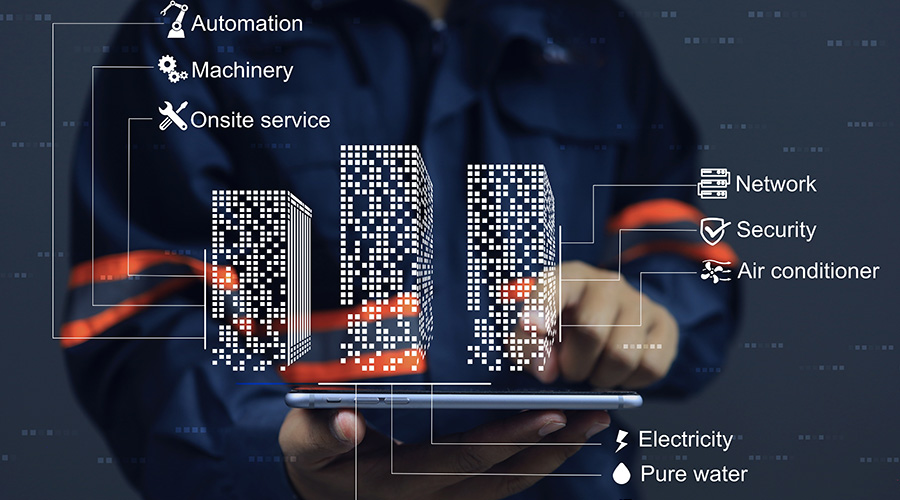CMMS: Advanced Reporting, Condition-Based Maintenance
New CMMS also are reshaping and improving some of the functions managers relied on with past versions. Take reporting capabilities as an example.
Wilton says a CMMS now offers managers and technicians: web-based reporting, analyses and dashboards; graphical scenario-planning; and mobile solutions that ensure up-to-date information on the status and progress of work.
The applications' more powerful features and functions also are helping managers improve the effectiveness of their departments' operations because they enable technicians to more accurately diagnose problems and address them more quickly.
"Maintenance has evolved from reactive, corrective, planned, and preventive to condition-based," Wilton says. "Based on mobile condition surveys, the CMMS compares the actual condition with the desired condition. The (software's) inside business intelligence calculates work and costs to maintain or upgrade assets to the desired condition level."
Today's CMMS also are helping to bring just-in-time (JIT) strategies to maintenance and engineering activities.
"The ultimate maintenance regime is JIT: never too late, never too early," Wilton says. "Too-early maintenance is a waste of money and material. Too-late maintenance can impact costs and enlarges risk. Today's CMMS solutions allow connection with networked assets, inventory items, and building equipment.
"Status data, like ‘failure', and data from gauges and meters on consumption, number of transactions, etc., will impact the maintenance forecast automatically. CMMS business intelligence is able to calculate these impacts and translate them to operational forecasts and work."
Managers still should examine the software's features, such as reporting, before making a purchase decision.
"Organizations utilize a variety of reporting and other tools to access and analyze data," Conroy says. "Whether these tools can be used with a particular CMMS depends somewhat on whether that CMMS is truly open. Of course, every CMMS should have its own reporting tools, and users should have the ability to use the reporting tools to modify existing reports and create new ones."
Despite the greater power from today's CMMS, developers say some managers still seem reluctant to embrace them.
"Maintenance people are great at fixing things, and they're getting better at gathering data," Brous says. "But they're not yet using data to make decisions. That's why you're hearing more now about widgets and dashboards."
Related Topics:














